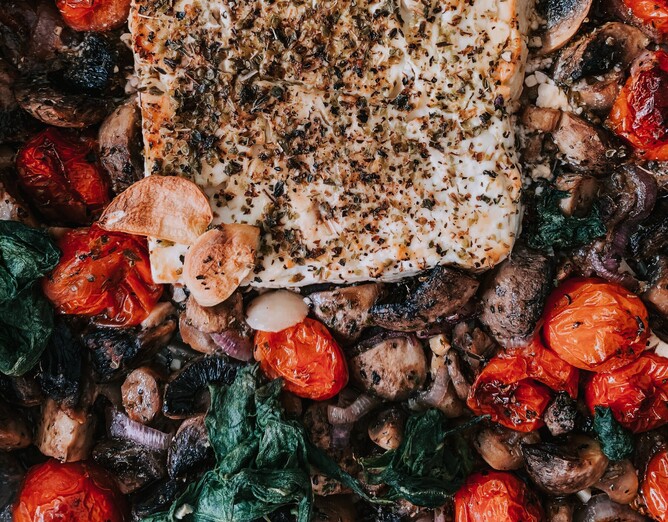When it comes to managing organic waste, two popular methods stand out: anaerobic digestion and aerobic hot composting. Both have their merits, and understanding the pros and cons of each can guide you in selecting the most suitable approach for your waste management needs. Let's explore the intricacies of anaerobic digestion and aerobic hot composting,
Anaerobic Digestion
: Anaerobic digestion is a biological process where microorganisms break down organic matter in the absence of oxygen. This method is commonly employed in large-scale waste treatment facilities and produces biogas, a valuable source of renewable energy.
Pros of Anaerobic Digestion:
Biogas Production: Anaerobic digestion generates biogas, primarily methane, which can be utilized as a renewable energy source for electricity and heat production.
Odor Control: The absence of oxygen minimizes unpleasant odors associated with decomposing organic waste, making it an attractive option for certain settings.
Cons of Anaerobic Digestion:
Longer Processing Time: The anaerobic digestion process can take longer compared to aerobic composting, potentially slowing down the overall waste management timeline.
Limited Nutrient Retention: The nutrient content in the resulting digestate is often less than that in aerobic compost, limiting its use as a high-quality soil amendment.
Aerobic Hot Composting
Aerobic hot composting relies on microorganisms that thrive in the presence of oxygen to break down organic matter efficiently. This method is well-suited for small to large-scale operations and is widely practiced in both residential and commercial settings.
Pros of Aerobic Hot Composting:
Quick Decomposition: Aerobic composting accelerates the breakdown of organic waste, producing compost faster than anaerobic digestion.
High Nutrient Retention: The resulting compost is rich in nutrients, providing an excellent soil amendment for enhancing soil structure and fertility.
Cons of Aerobic Hot Composting:
Odor Issues: In the presence of oxygen, aerobic composting may emit odors during the initial stages, which can be a concern in certain environments.
Space Requirements: Large-scale aerobic composting may require more space compared to anaerobic digestion facilities.
Which method is better?
Choosing between anaerobic digestion and aerobic hot composting depends on your specific waste management goals, space availability, and desired byproducts. If energy generation and odor control are priorities, anaerobic digestion may be the ideal choice. However, if rapid decomposition and nutrient-rich compost are key considerations, aerobic hot composting might better suit your needs.
Here at Little Buddies, we use aerobic hot composting to process food waste and farming by-products.; this is a perfect for for our mission of processing urban waste in a way that creates high value soil amendments.
Whether you are a regenerative or conventional farmer with an interest in preventing soil depletion, or a home gardener that wants to take your produce to the next level, Little Buddies is working hard to upscale urban food waste into compost and vemicast that will awaken the micro-biology in your soil and help stave off soil exhaustion caused by decades of agrichemical impacts.



